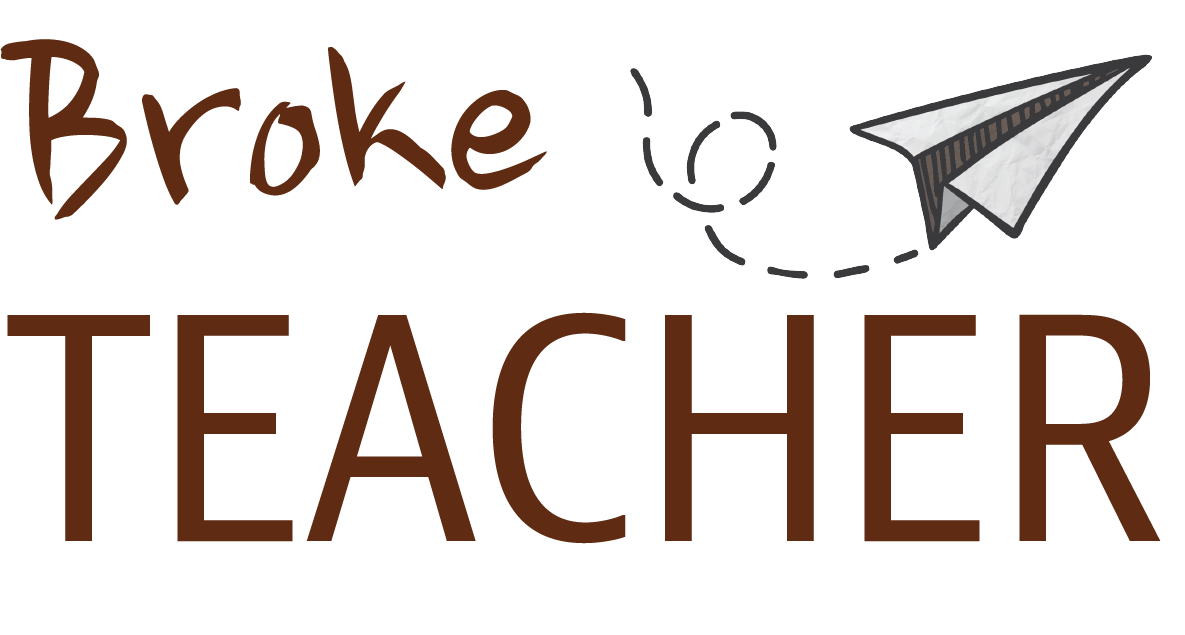FREE COLUMBUS DAY LESSON PLANS FOR YOUR LONG WEEKEND
“1492 Columbus sailed the ocean blue.” That’s the fact. Kids everywhere will come home with weekly readers discussing Columbus Day. I remember my son’s when he was much younger.
“Columbus met the Taino Indians.” There was a picture of Columbus–maybe even a high-five and a selfie there. “They helped him.” Declan was in 2nd or 3rd grade. The article was as bad as the Pilgrims-Play-First-Thanksgiving-Football-Game-with-Indians Thanksgiving tradition.
I’m a history person. I would’ve been perfectly satisfied if the article said, “They helped Columbus, then Columbus helped himself…” Or even “Columbus was mean.”
They didn’t have to say “rape, genocide, torture.” While they mentioned Columbus brought back potatoes, sugar, tomatoes, and other cool stuff, I would’ve forgiven them for leaving out “and syphilis.”
But no need to lie outright. Sure, there might’ve been a smiling Taino or Arawak moment, but that’s not how it played out in the end.
But still, we get a long Columbus Day weekend…
In this region we get the obligatory day off, and there’s a giant Columbus Day parade and festival. There are Columbus Day sales.
For a while, the discussion got pretty heated. There are two definite camps.
Camp 1:
Columbus is part of our heritage. He found America, and brought things all over the world.
Camp 2:
Columbus perpetrated a great genocide and stole things from native islanders. He did not discover America because it was never lost to begin with. I never once read an account of an Arawak reporting they couldn’t find their way around their own land and wished someone would discover them. I also didn’t read anything in the archives that said they wished for some company for Sunday dinner.
But they got guests who noticed the one thing you don’t show Europeans getting off boats in the 14–1600’s… gold.
And they stole it.
And that’s why we all get an extra day off here to buy towels on sale at Bed Bath & Beyond with the 20% coupon…to clean up the mess history left us.
Many say, “You’re too harsh, you can’t judge history through your eyes.” That’s true. We have to look at the situation as it stood, as well as through the lens of time. And, the lens of each side. And the lens of…
That’s a lot of lenses, and I don’t want to send you to Warby Parker on your day off. I want you to pick apples, relax, and do something nice for you.
So, I’ve got some lessons and materials for you to use this week if you’re interested in tossing out a few Columbus Day nuggets to the history-loving crowd. I’m curious to know what your students think–Columbus… Good or Bad?
Oh, sure, most will agree genocide is bad, but will they find any global net positives from this first intersection of Europeans and native islanders?
That’s the beauty of being a historian. You’re giving students a roadmap to analyze the world–past, present, and future, with the hopes it’ll get us all to a better destination.
